

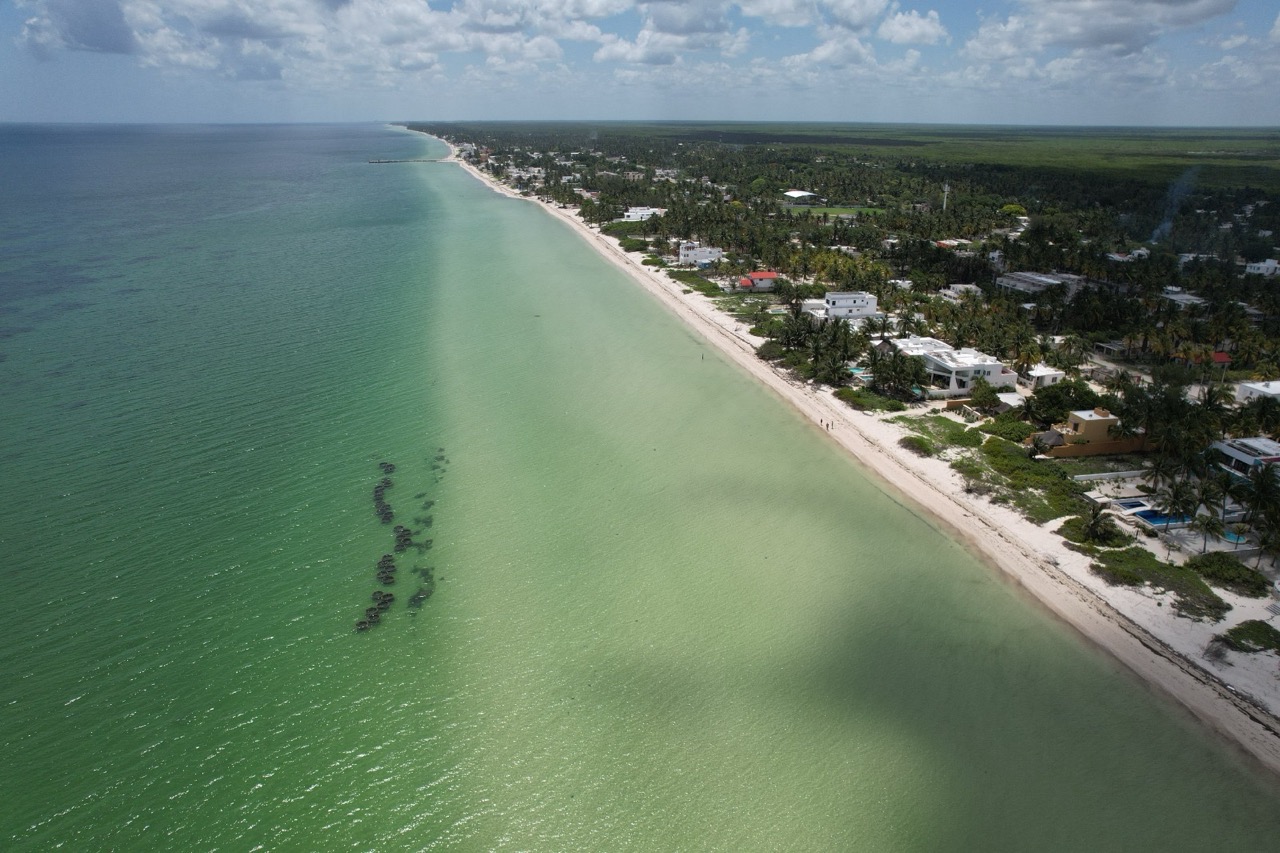
250.0m
50.0m
80.0m
1.50m
For over a decade, the beach at Telchac Puerto, on Mexico’s northern Yucatán coast, has suffered from progressive sand loss due to changing currents, storms, and coastal development. In collaboration with the local municipality and the Yucatán state government, CCell installed its first full-scale hyperboloid reef system in Mexico, designed to protect the coastline while enhancing marine biodiversity.
Following our earlier Telchac Reef installation, this installation provided an invaluable opportunity to understake an end-to-end test with the new hyperboloid design, test every stage of the process — from design and fabrication to transport, installation, and ecological integration. The steel reef units were infilled with natural sisal fibre, a renewable material native to the Yucatán, creating a 100% marine-friendly structure that blends sustainability with engineering innovation.

A hyperboloid reef is a lightweight yet structurally robust lattice that follows the elegant geometry of a hyperboloid curve — a shape known for its exceptional strength-to-weight ratio and ability to distribute loads efficiently.
This geometry offers two key advantages:
The adaptability of the hyperboloid design allows height, profile, and material composition to be tuned to local seabed conditions and wave climates, ensuring that each installation harmonizes with its environment.
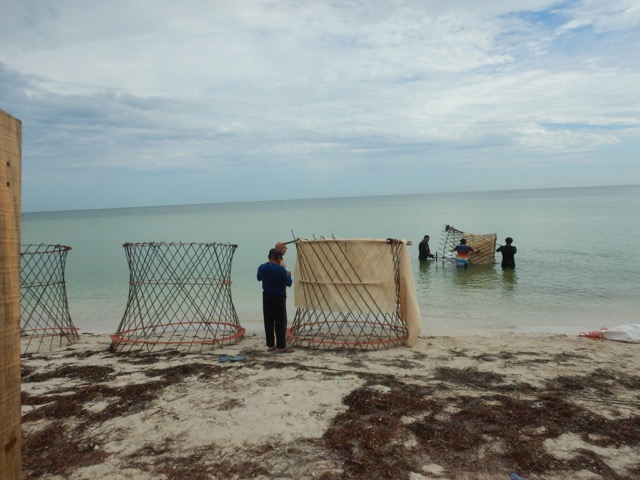
Over the course of three days, teams of local workers and volunteers rolled the prefabricated reef units into position directly from the shoreline — a testament to the design’s lightweight and modular construction. Each cluster comprised five interconnected units, forming stable groups that collectively act as a semi-permeable breakwater.
The process quickly drew the attention of the community, with local tourists and residents joining in to help move the structures into place — turning what began as a technical operation into a moment of collective environmental stewardship.
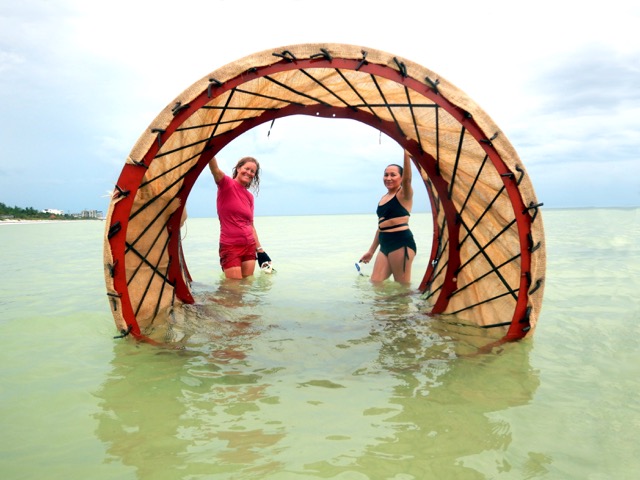
A local dive team then used lift bags to precisely position each unit in a staggered pattern, with adjacent units connected together. Anchors were then driven into the sand to form a secure and lasting structure.
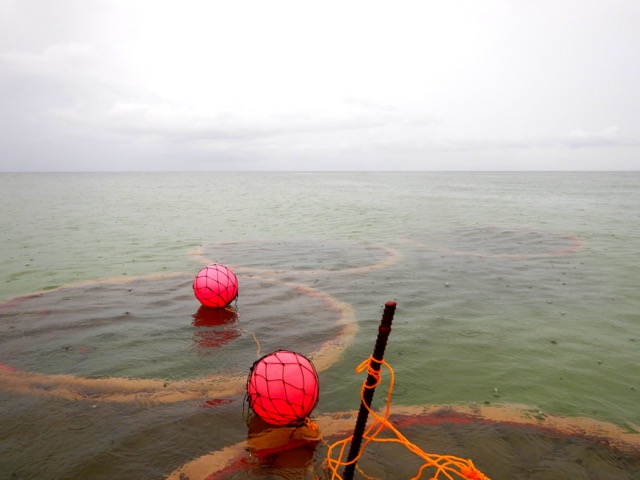
Following the installation, we observed a remarkable improvement in the beach profile directly aligned with the newly installed units. Sand accumulation began forming behind the reefs and rapidly advanced inland. The speed of this recovery took us by surprise — power cables we had left temporarily on the sand surface (while waiting for the electronics to clear customs) were soon buried beneath half a metre of sand. What we expected to be a quick connection job turned into a full-scale excavation effort just to locate the cables for final installation.
Our partners at AXIS conducted a survey one month after the reef was installed and captured the following drone images, clearly showing the area of beach recovery.

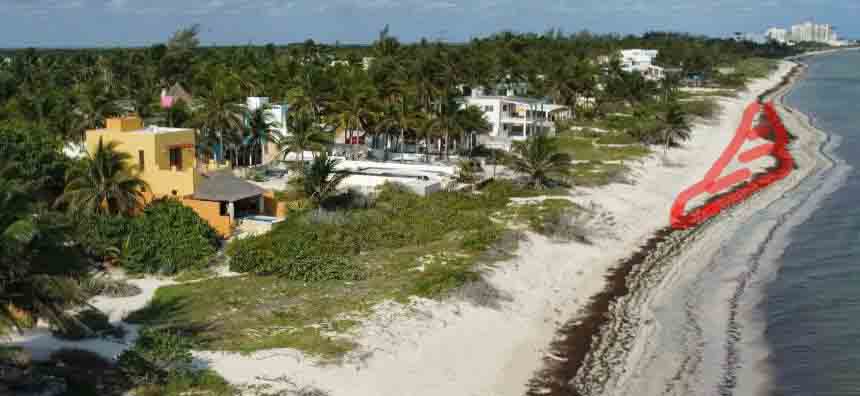
Unlike conventional seawalls or rock barriers, which often disrupt nearshore ecosystems, CCell’s hyperboloid reefs are designed to work with nature rather than against it. Their structure promotes:
By combining biomimetic design, locally sourced materials, and community participation, the Telchac Hyperboloid Reef stands as a new model of regenerative coastal infrastructure — one that protects both people and the planet.